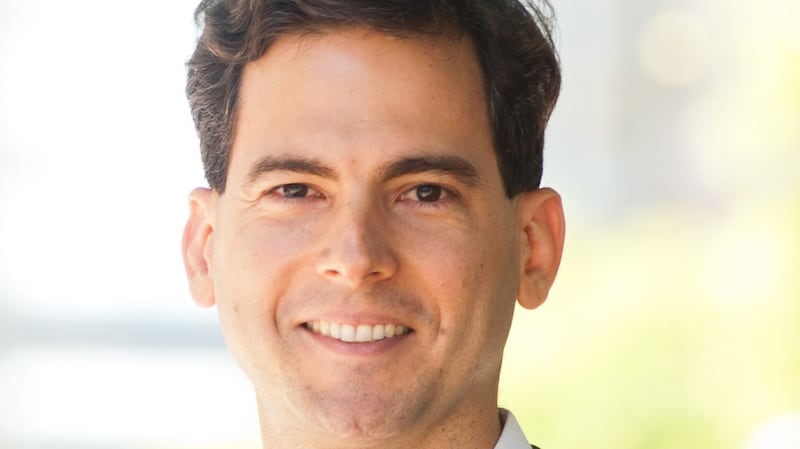On October 24th next, Ibec will host a conference in Croke Park which will explore the theories of Grit and growth mindset and look at how we learn and the best strategies for achieving goals. More than 400 human resource professionals are expected to attend Shaping Talented Minds HR Leadership Summit which will feature keynote address from two of the world’s leading experts on Grit and growth mindset, Lauren Eskreis-Winkler and Eduardo Briceño.
Grit is about pursuing long-term goals with passion and perseverance and has been shown to be a better predictor of success than talent alone. A growth mindset is one which sees people enjoy learning, seek out situations to experiment, and view failure as an opportunity to learn and grow.
According to Briceño, there are two broad types of mindset, fixed and growth. People with a growth mindset understand that our brains are malleable and changeable and evolve over time. People with a fixed mindset, on the other hand, tend to see things in more static terms where people are good at certain things and bad at others and that’s just the way it is. And all of us can have a fixed mindset from time to time.
“We label others,” he says. “We tend to think that people are good or bad at things and that this is not changeable. These different ways of thinking have ramifications. People with a growth mindset ask what they must do to get better at something and how to go about it. With a growth mindset, the goal is to improve, with a fixed mindset the goal is to prove.”
And proving doesn’t really help. “The way we go about proving is to do the things we know we can do really well over and over again,” Briceño explains. “It’s staying in our comfort zones. If we make a mistake, we cover it up and lie about it. Research shows that people with fixed mindsets lie three times more often than those with growth mindsets.”
Learning from errors
Perceptions are altered as well. “They have a view that it is people with low capability who have to work hard while people with high capability don’t have to,” he notes. “People with a growth mindset understand that effort is a good thing. They also see setbacks differently. They are more realistic and understand that the learning process includes learning from mistakes. They try different ways of doing things and they persevere.”
On the other hand, people with a fixed mindset view mistakes as evidence of low capability and they do something else instead. “With a growth mindset, people seek to improve, take on challenges, and try new things. And they achieve higher performance.”
But our mindsets are not immutable. “All of us have a fixed mindset from time to time,” he points out. “Mindsets are not fixed. There is a lot of research which shows that shifts can happen. Leaders can cultivate a growth mindset culture in a company. They can reflect on how a fixed mindset affects them personally and the organisation they lead.”

The approach offers significant benefits to companies. “Research shows that people with a growth mindset achieve better performance in business, negotiations, management and leadership.”
He explains that these things are often viewed as innate capabilities rather than things learned. “A lot of the time we view people as natural leaders but that is a fixed-mindset attitude. If a leader has a fixed mindset, they won’t try new strategies when they encounter different situations. This will affect their performance and their ability to improve.”
Negative traits
This extends to relationships. Our response to negative behaviour like bullying or office politics is influenced by our mindset. “People with a fixed mindset attribute such behaviour to negative character traits and react with warfare. Those with a growth mindset attribute it to environmental and other factors and engage in a conversation to try to find common ground. A lot of problems in politics are caused by fixed mindsets and people not talking to each other. People with a fixed mindset think things and people can’t change. They also have higher rates of depression. People with a growth mindset tend to be more resilient and have lower rates of depression.”
Accepting the need to continue learning is another facet of a growth mindset. "Leaders sometimes think they need to have all the answers," Briceño notes. "But they don't. What they need to do is model continuous improvement behaviours. They should be role models for learning. When Tiger Woods was number one in the world, he still changed his swing to get even better. It meant he missed a few tournaments, but he came back better than before."
“Everyone has the potential to shift to a growth mindset,” he concludes. “Neither mindset is static. We need to pay attention to what we can improve and to what we don’t know. If we are just minimising mistakes we aren’t learning or improving.”










